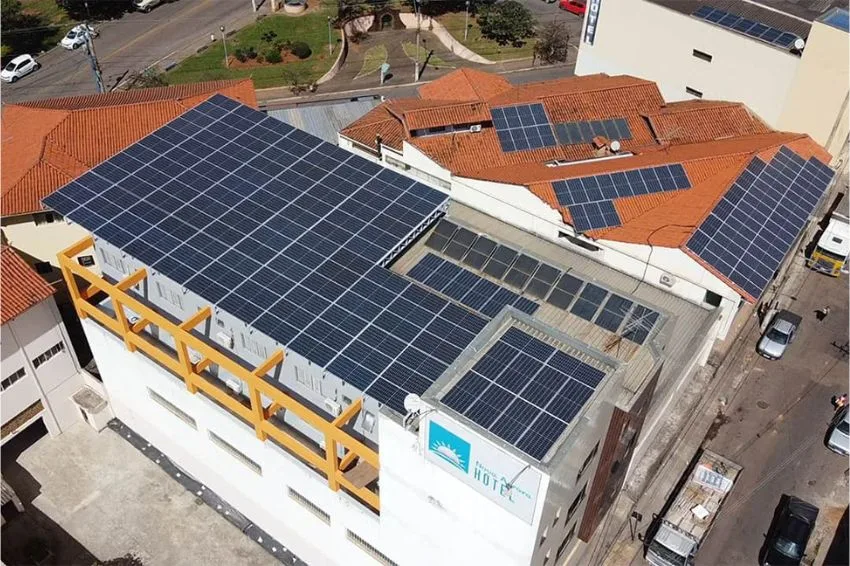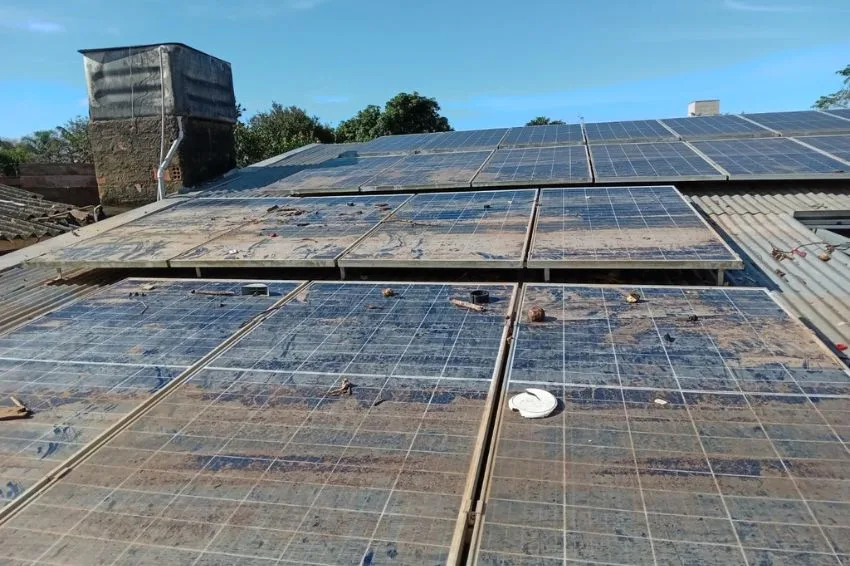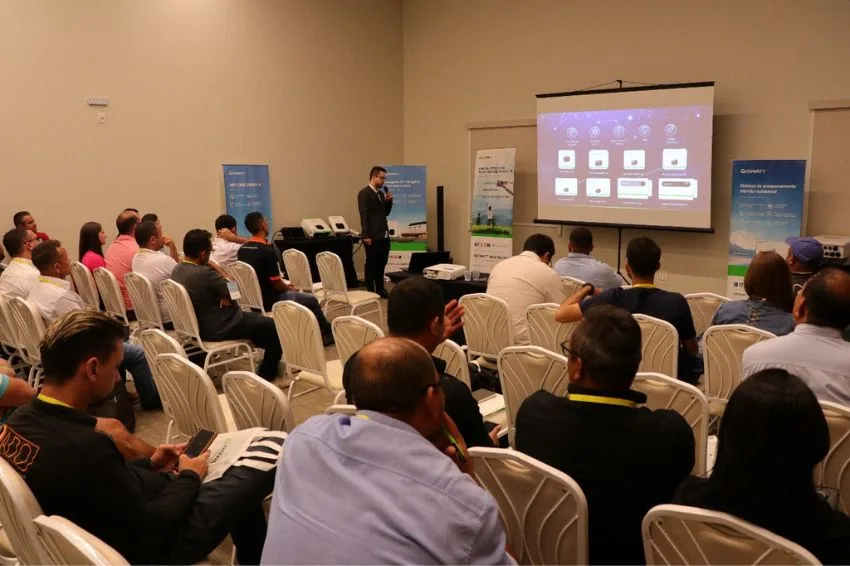A solar energy is the new trend in construction. The statement is Eduarda Tolentino, partner and president of the Board of Directors of BRZ developer, which has been operating in the real estate market since 2010, based in Belo Horizonte, Minas Gerais.
“This is due to the increased focus on sustainability and reducing carbon emissions. Additionally, the falling costs of solar technologies have made solar energy a more affordable and attractive option for developers and building owners,” said the executive in an interview with Solar Channel.
Civil construction, so fundamental to society, faces a major challenge in decarbonizing the energy sector. In the world, the Electricity consumption represented 38% of CO2 emissions from civil construction in 2019, according to data from the United Nations.
On the other hand, consumers are increasingly concerned about the impact of their actions on the planet and that is why they have started to value constructions that cause less damage to the environment and that live in harmony with nature.
A 2022 survey, carried out by ABRAINC (Brazilian Association of Real Estate Developers), revealed that 58% of respondents would be willing to pay more for a property with green technology. AND 80% of those interviewed have the environment between the priorities when buying a property.
“Yes, many customers are willing to pay more for sustainable buildings due to the long-term benefits such as energy savings and reduced environmental impact. Furthermore, sustainable buildings can offer a significant return on investment over time,” said Tolentino.
In this sense, solar energy is a great ally for construction companies, mainly due to the environmental and economic benefits it offers for buildings. Solar energy is a clean and renewable energy source, therefore, it contributes to the reduction of greenhouse gas emissions and environmental impacts associated with electricity generation.
According to the executive, solar energy often plays an important role in obtaining certifications for sustainable buildings, such as LEED (Leadership in Energy and Environmental Design) and BREEAM (Building Research Establishment Environmental Assessment Method), as it contributes to energy efficiency.
The presence of solar energy increases the value of a property, as it increases energy security, comfort and also contributes to the environment. Despite all this appeal, Tolentino says that the supply of credit for sustainable construction in Brazil is still relatively low compared to more developed countries.
“Although there have been important advances, such as government programs that encourage sustainable practices and the creation of special credit lines for green projects, access to sustainable financing is still limited, especially for constructions in the economic segment, where there needs to be a greater investment on the part of construction companies”, he assessed.
Check out some of the applications of solar energy in civil construction
The panels can be installed on roofs and facades to generate electricity without taking up additional space, increasing the property's energy autonomy and reducing electricity costs.
Solar energy can be used to power lighting systems in external and internal areas, such as gardens, parking lots and common spaces. Solar energy can be used to power air conditioning systems, reducing conventional electricity consumption.
Do you know what a Building Applied PV system, Building Integrated PV system or Zero Energy Building is?
One Zero Energy Building is a building that produces, over the course of a year, the same amount of energy as it consumes, resulting in a net zero energy balance. This is achieved through energy efficiency and renewable energy generation, such as solar.
One Building Applied PV system refers to solar panels that are applied to or mounted on the structure of the building, such as on the roof.
Already one Building Integrated PV system involves incorporating solar panels directly into the architectural design of the building, such as clear glass panels or solar panels on facades.















